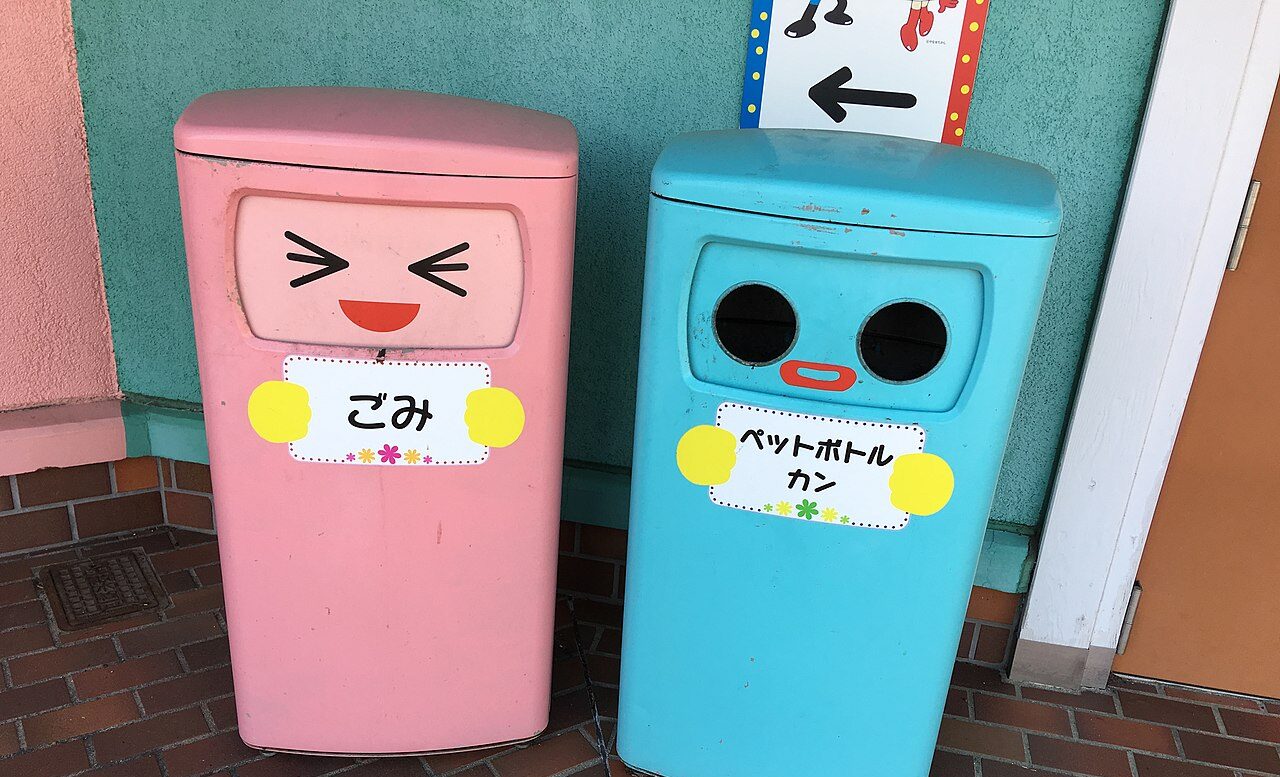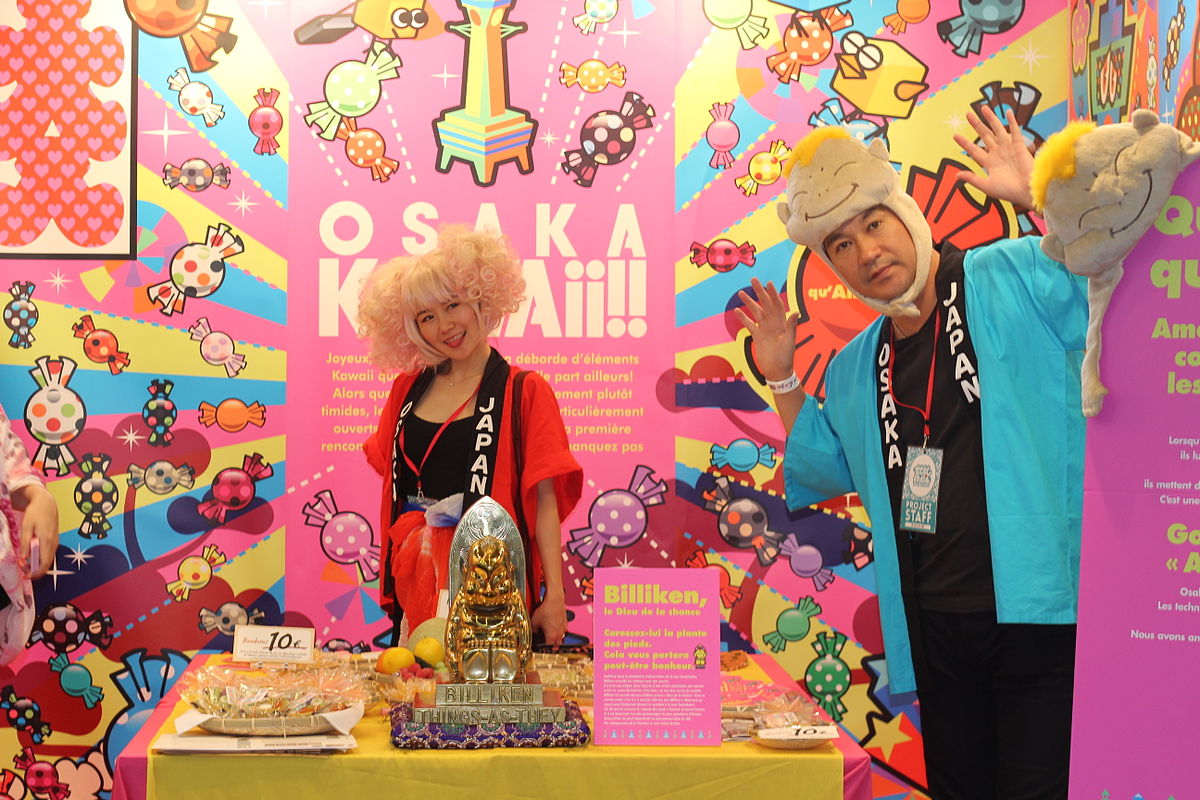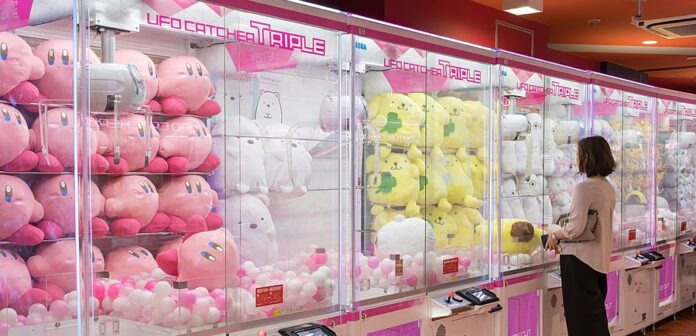By Amalia Theocharidou,
We all have heard of anime or manga, the latest trend coming from across the world from Japan like a storm. We can easily characterize our times as the times of the Asian country’s domination. But besides the shows and the readings, Japan has introduced more to the Western world, on the ideological spectrum. It has introduced the kawaii culture.
Kawaii is a famous slang that originally describes the feeling of blushing, but metaphorically signifies something cute that can characterize humans but also lifeless objects. Basically, everything can move a person. Kawaii has been a source of inspiration for many artists, writers, and even designers, that just reflects the overall value that the Japanese society (and Asians, overall) apply to cuteness. Cute is important and wanted, admired, and attractive. Cute is valued even in the appearance of the people. Being kawaii matters.
Kawaii has its base on familiarity. It can extort familiar emotions out of the person who comes across it and makes them feel like home. One bright example of the said argument is the application of human body parts to animals, like the known hybrids used in comic stories, the most popular type in Japan. Comics actually support a major part of the country’s economy, which popped in the 1960s after a protest of the Japanese university students, who decided to spend time in comic stores reading manga and not attending their lectures.
The said “kawaii-ness” noted a take-off during the 90s, when the Japanese realized that the merging of cuteness in everything actually attracted the curiosity of the foreigners, who decided to visit the country in order to experience from the first hand the adorableness. The Japanese government started taking advantage of the phenomenon, trying to demolish the gender inequalities by introducing more women in the job sector, while also defining their image. Innocent, cute, feckless, characteristics that are now heavily sexualized.
But how to create something kawaii? Kawaii is cute and for the Japanese, it is a synonym for “small”. If you want to make something adorable, make it petite. In that culture, less is more, which means that the Kawaii creations don’t need much, but a cute facial expression, which is drawn by a few dots and lines, resembling a baby, which in our minds is something very cute. The use of colors is limited to pastel ones, simple and calming, nothing too popping.

The basic characteristics of kawaii are not only being applied to art or fashion but to people as well. With the establishment of manga and anime as one of the most popular aspects of the specific Asian culture, people want to be like the characters. Some people even want to be them. It is known, even in the Western world, that the trends set the current fashion. So it is only logical for a person to assume that the Japanese fashion trends are heavily informed by the comics and shows. Most Japanese women try to visualize the image of a doll, wearing lacey clothing, with bows and pastel colors, and sometimes even getting plastic surgery to enlarge their eyes’ proportions, in order to make them wider (more innocent).
On the aspect of being the characters, Japan has elaborated the concept of “cosplaying”. A cosplayer is a person who admires a fictional character so much, that creates their entire outfit, accessories and even uses make up to alter their face’s characteristics, to look like them. Cosplayers meet at events where they can discuss about the characters or even about manga and anime. The events, which formerly were hosted in Japan, have taken an international turn and are being held worldwide.

Kawaii is nowadays something more than just an ideology, it is a way of living. As the daily life of people in big city centers can become more hectic, they look for joy on the simple matters. The familiarity that these lifeless objects reflect is something that can bring peace to a troubled or tired human. In a world of pink and cute, nothing can go wrong… Right?
Reference
- What Is Kawaii? – Understanding Japan Cute Culture. Art in context. Available here




